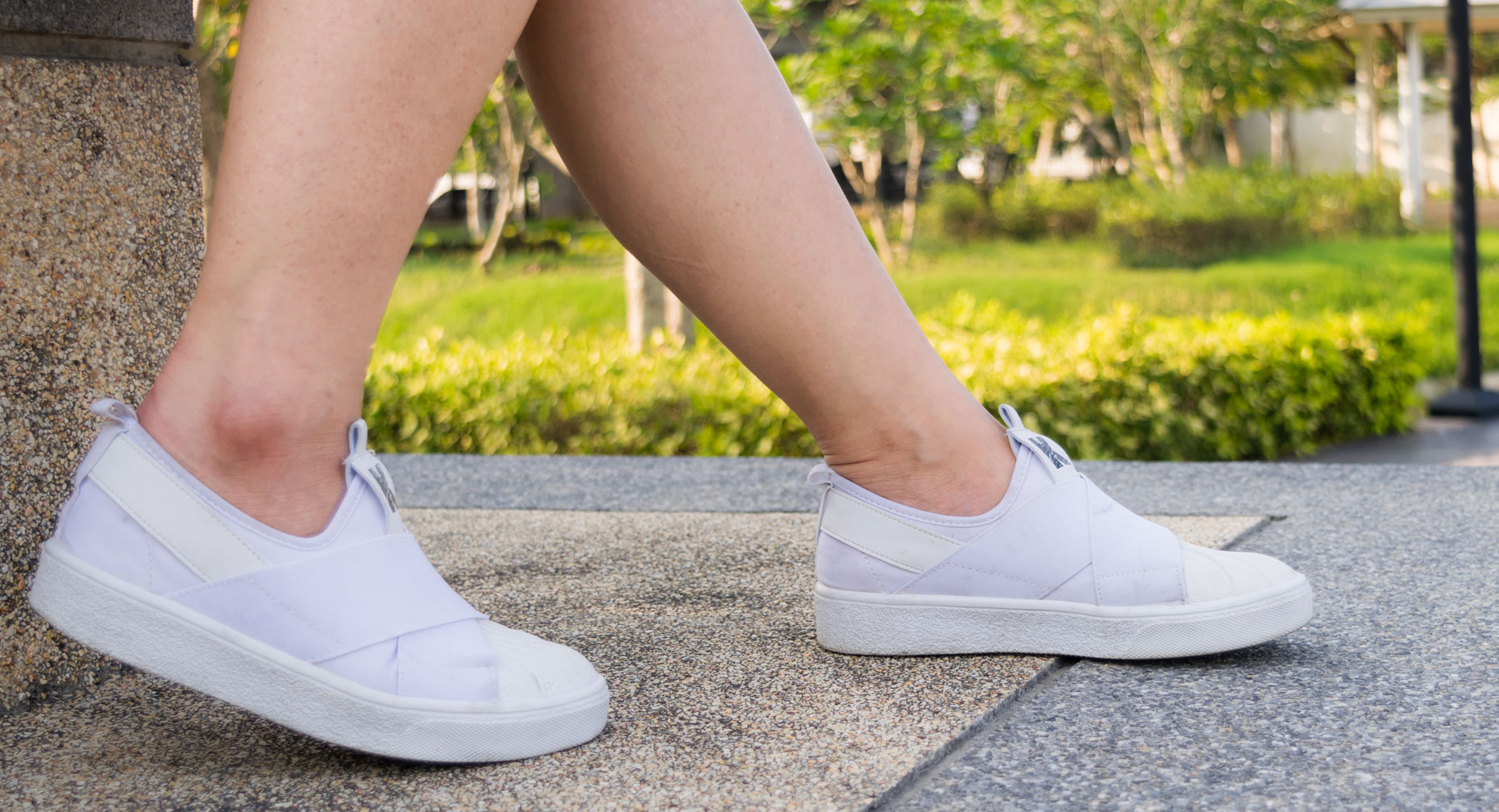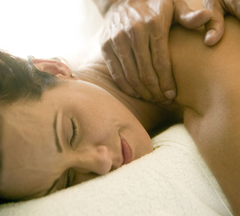Enjoy Life — Even With Osteoporosis

Answer a few questions and we'll provide you with a list of primary care providers that best fit your needs.
If you’ve been diagnosed with osteoporosis, you may be wondering how it will affect your life. Your first thought might be broken bones, losing height, or a stooped posture. While many people live well with this condition and don’t experience fractures or emotional stress, it pays to stay ahead of possible challenges and know how to overcome them.
Minimize the Emotional Impact
Not everyone who’s been diagnosed with osteoporosis experiences emotional and social issues, but some do. Common challenges include:
- Depression. If symptoms like hopelessness, feeling useless and helpless, eating too much or too little, or thoughts of suicide last more than two weeks, consult a health care professional or therapist. Medicines and counseling can help fight depression.
- Anxiety. You may feel nervous about breaking a bone when you’re in crowded places like malls, movie theaters, or museums. Try going during off hours to avoid crowds, and take a break when you’re tired.
- Appearance and self-esteem. Osteoporosis can affect your posture and appearance. If you have curvature of the upper spine (kyphosis) because of fractures, look for clothing that minimizes any figure changes.
Stay Social
Osteoporosis may create some social limitations. Managing these is easier if you are surrounded by supportive family members and friends. Keep these tips in mind:
- Reach out. Support groups, friends and family members can help you deal with any social hurdles.
- Ask for and accept help. Don’t be afraid to ask friends and family to lend a hand with daily tasks. If you feel like you are asking for too much help, look for other ways to reciprocate.
- Keep cuddling. Worrying about fractures can affect your sexual relationship with a spouse or partner. Couples can find ways to be intimate without increasing fracture risk. Many physical therapists are trained to address this issue and can offer advice.
Get Physical
Staying active benefits your bones, muscle strength, and overall health — and lifts your spirits as well. You may need to modify exercises, but there are plenty that can be done safely. Ask your doctor for a referral to a physical therapist to help you create a safe and effective exercise program, including:
- Walking. Slip on a pair of secure rubber-soled shoes and take a stroll. Bring a friend or family member if possible, and take a cane if you need it.
- Sports. If you have a favorite activity, look for ways to modify it to protect your bones. Or explore new activities that put less stress on your skeleton.
- Chores. If housecleaning or grocery shopping is difficult, break these activities into shorter segments. If you’re sitting, get up every half hour to ease muscle strain and reposition your skeleton.
Not everyone who’s been diagnosed with osteoporosis experiences emotional and social issues, but some do.
Manage Pain

If you experience pain after a fracture, talk with your doctor about a pain-relief strategy. Options may include:
- Over-the-counter (OTC) medication. Aspirin, acetaminophen, ibuprofen, or other nonsteroidal anti-inflammatory medicines may help you manage your pain.
- Heat or cold. Applying a cold compress to the injured area can help, as can warm towels and heating pads.
- Transcutaneous electric nerve stimulation (TENS). A TENS unit reduces pain by sending a mild electrical current into your body.
- Acupuncture. This involves inserting special needles at specific places in your skin. Ask your health care provider about acupuncturists in your area.
- Biofeedback. Electronic instruments measure body functions and then feed that information back to you. Working with a biofeedback specialist, you can learn to better manage your pain.
- Massage. If you’ve broken a bone, you may experience muscle tension and pain. Gentle massage may decrease discomfort.
- Relaxation techniques. Different techniques can help you ease muscle tension and shift your attention away from pain. Learn how through CDs, videos, books, classes, and trained professionals.
Answer a few questions and we'll provide you with a list of primary care providers that best fit your needs.
Source: National Osteoporosis Foundation; National Institutes of Health Senior Health




